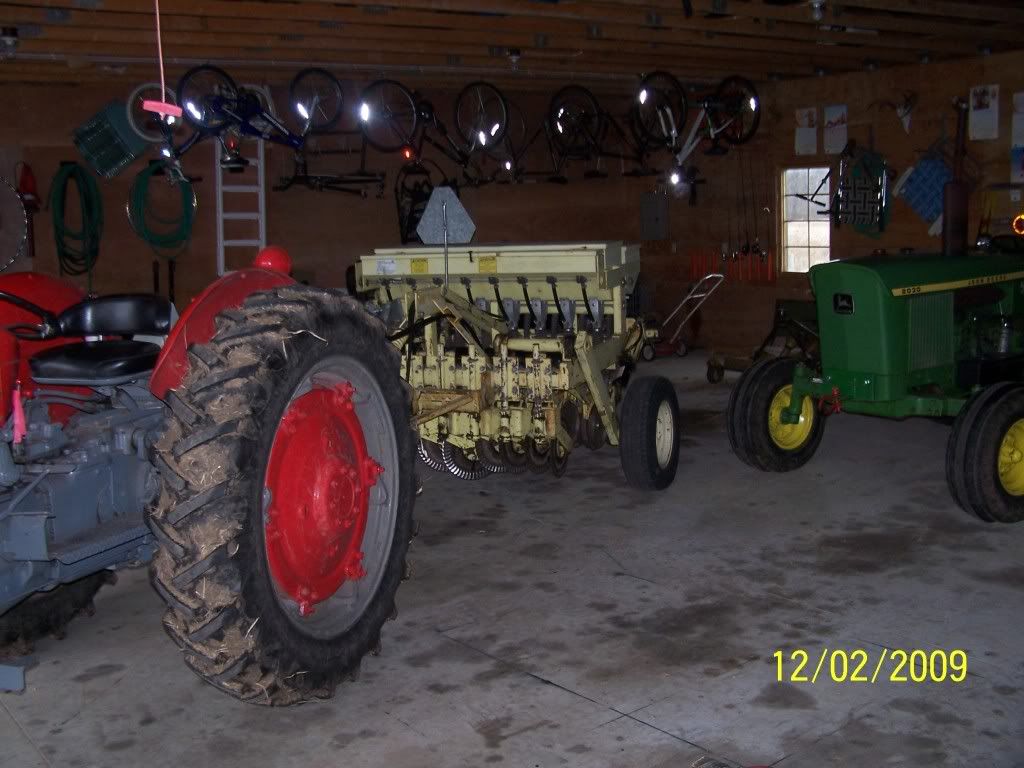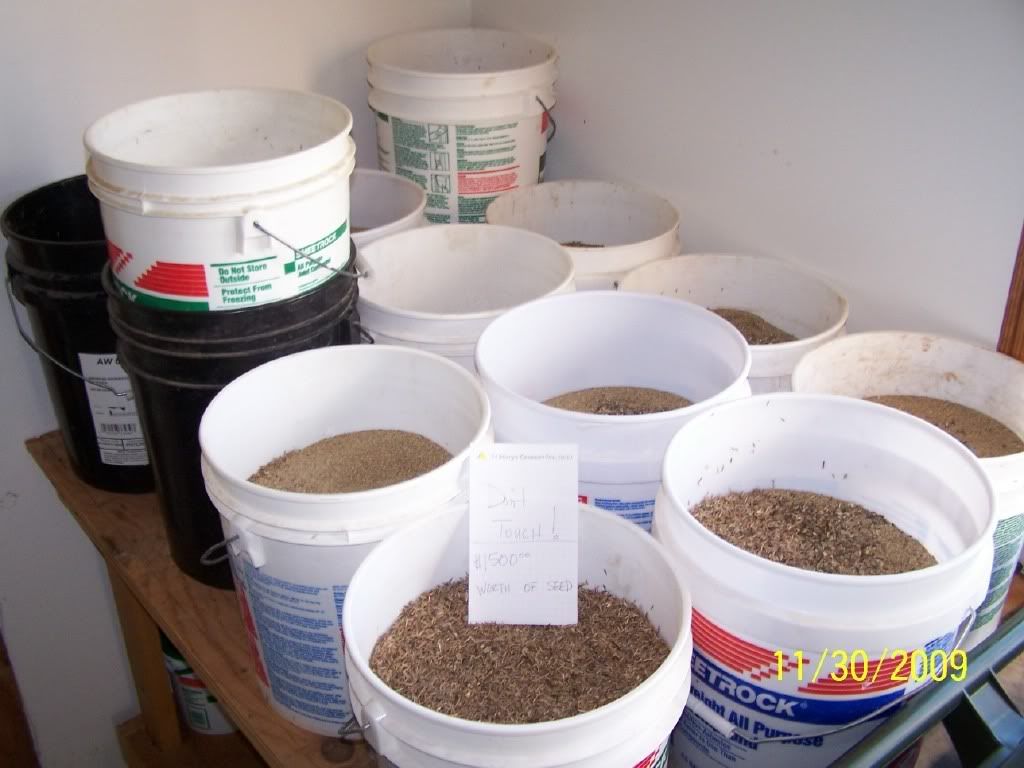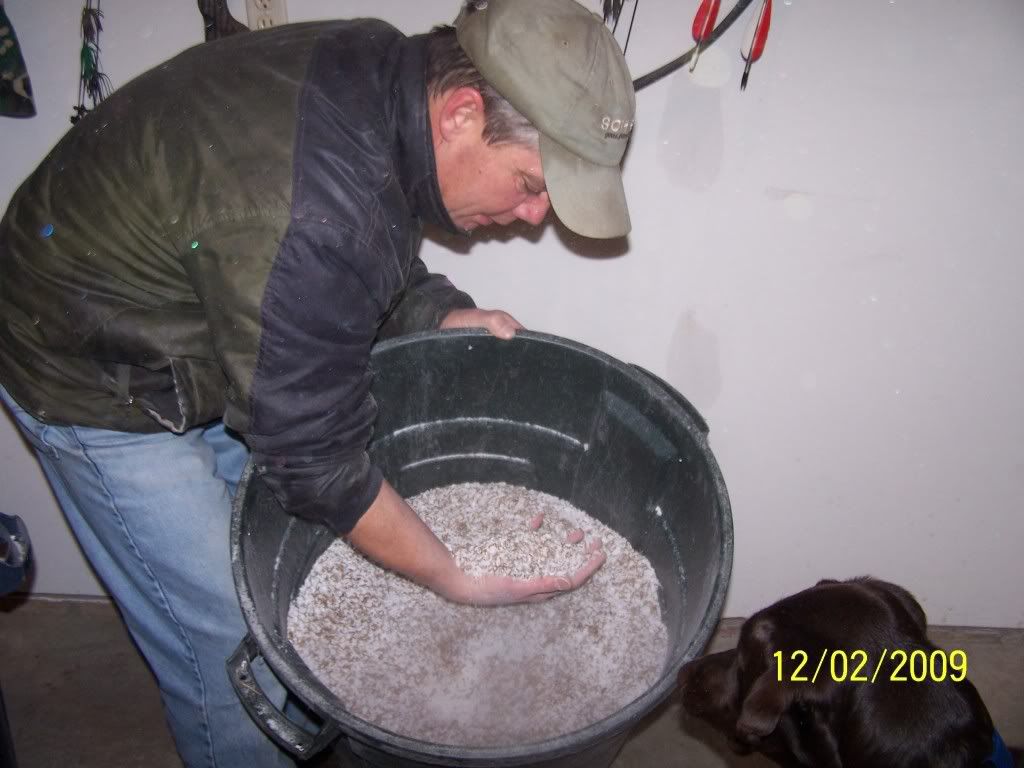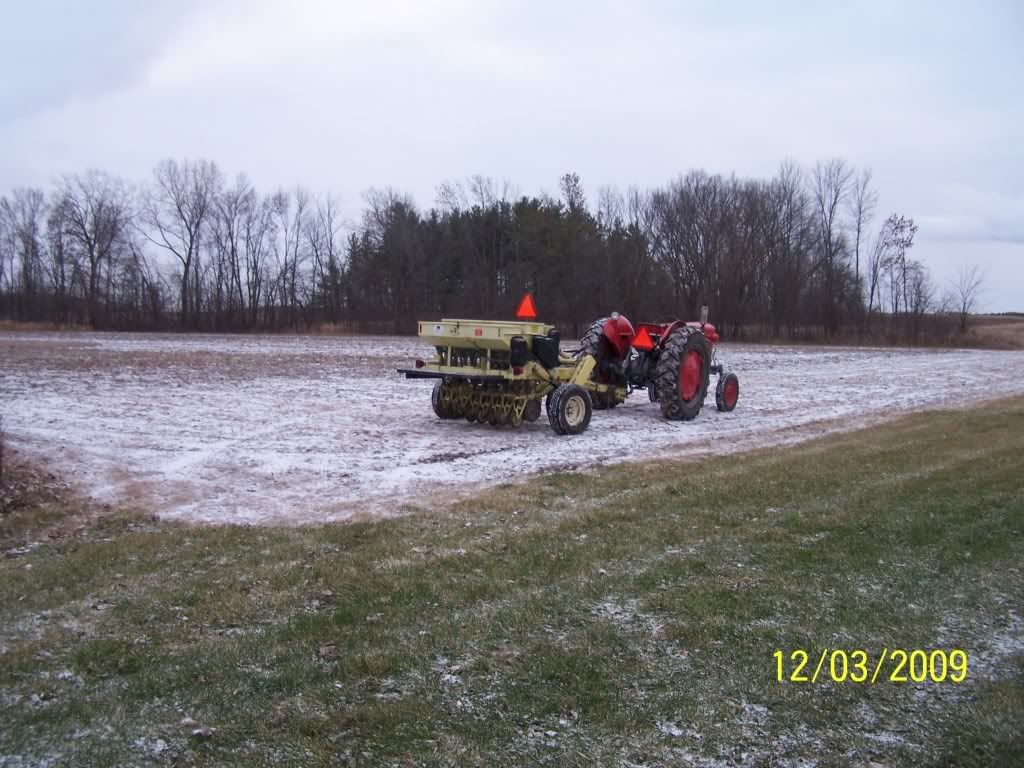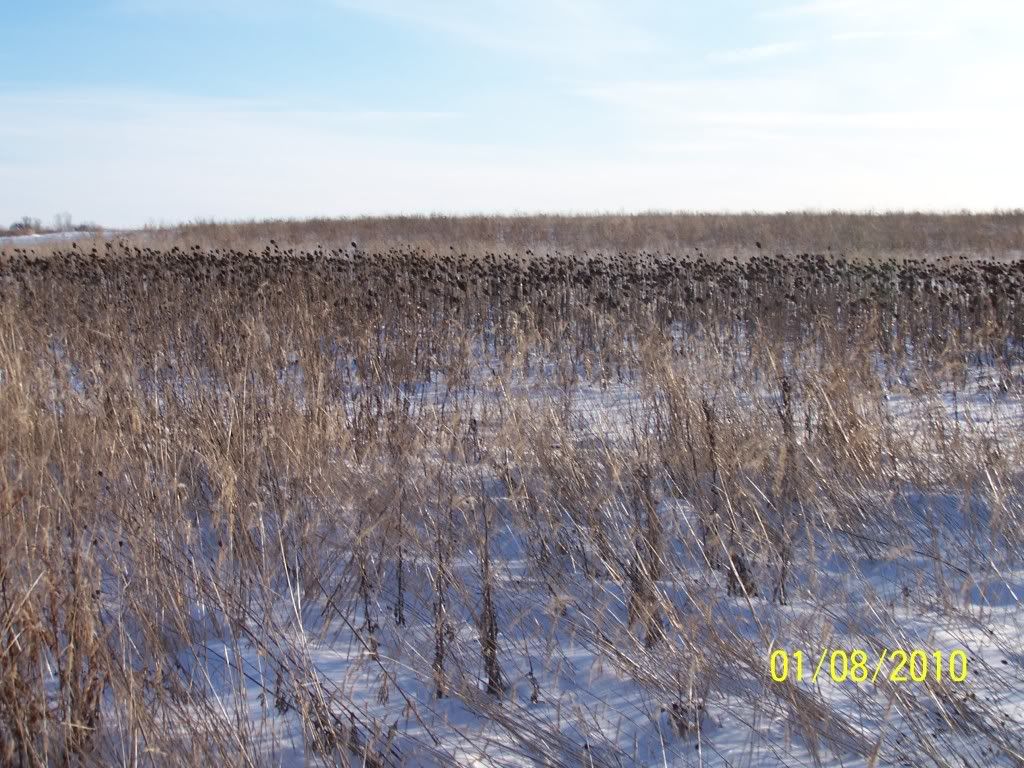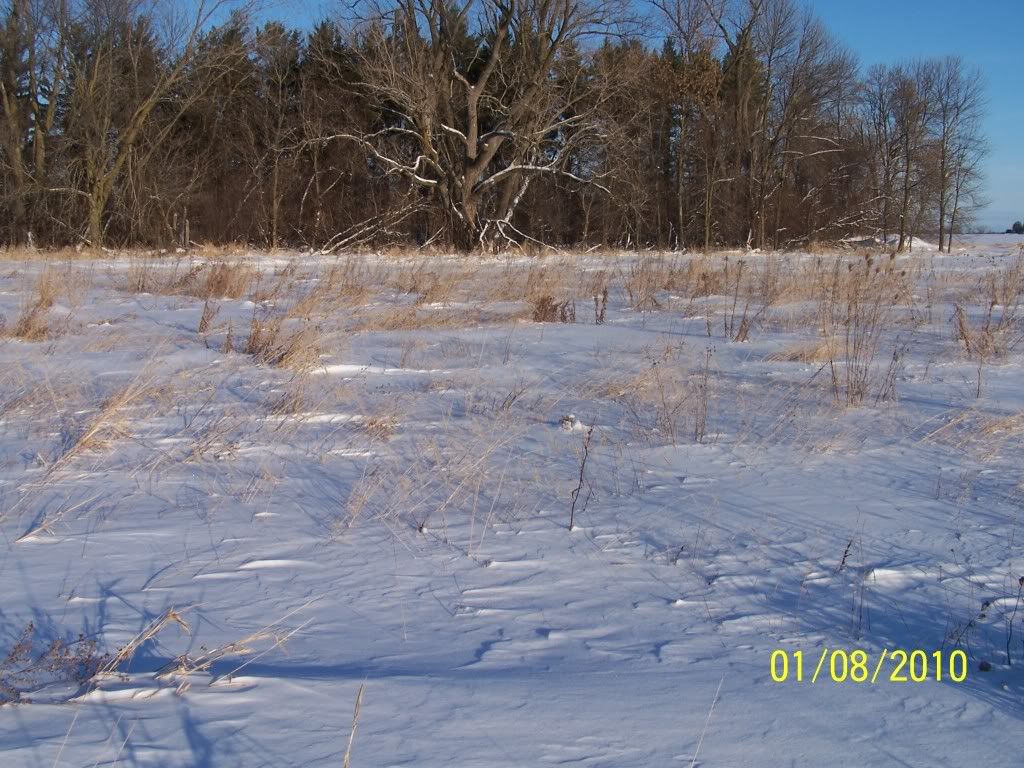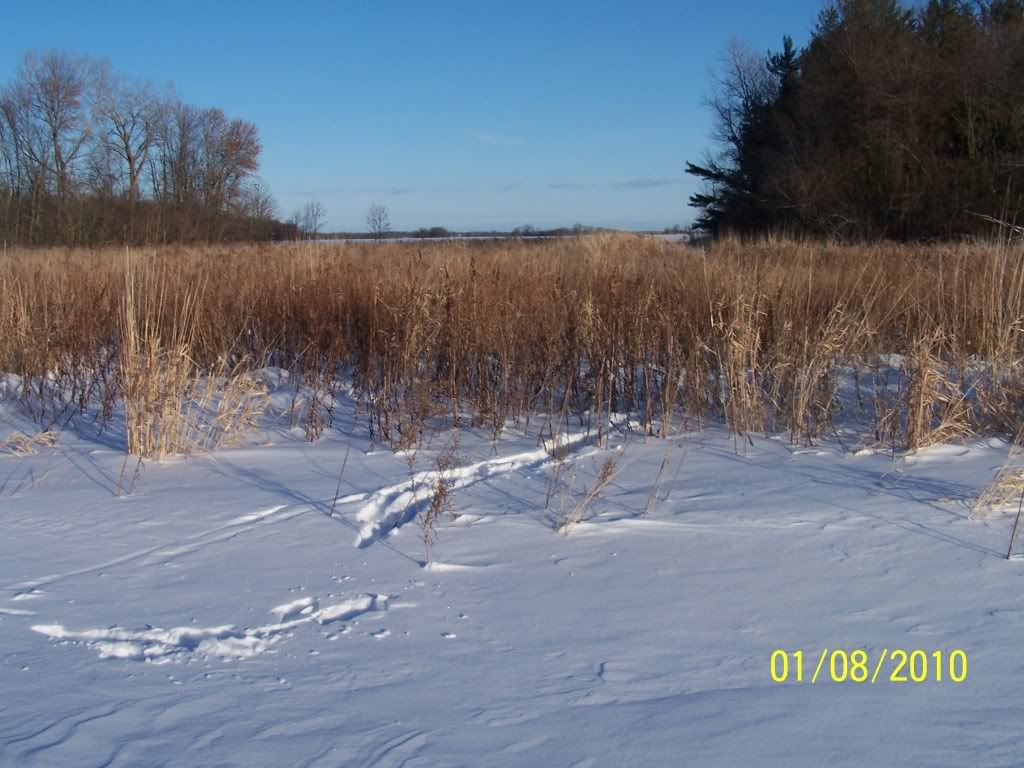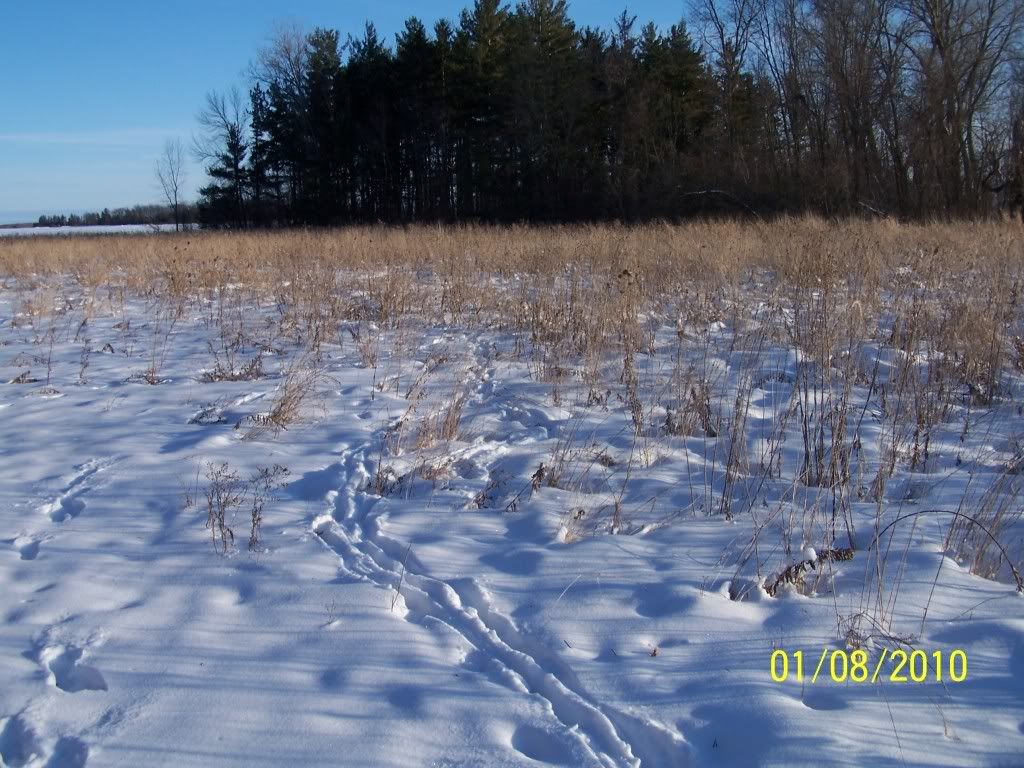Dbltree,
I guess I will just let the ground be. It's not that rough.
How do you feel about seeding in mid-December? Is that too early?
It has pretty much been freezing here every night. I would think in 3-4 more weeks the ground will be frozen for good! Its just that right now we are actually dry and I could get in there in a few weeks if our weather continues the way it has been. My plan would be to use NRCS drill and just drop the seed on the ground. This drill they actually have set up where you pull one shaft, and it spits out the seed without actually going down into the ground or you can use it as a normal no-till.
Just would like to hear your thoughts on this.
I guess I will just let the ground be. It's not that rough.
How do you feel about seeding in mid-December? Is that too early?
It has pretty much been freezing here every night. I would think in 3-4 more weeks the ground will be frozen for good! Its just that right now we are actually dry and I could get in there in a few weeks if our weather continues the way it has been. My plan would be to use NRCS drill and just drop the seed on the ground. This drill they actually have set up where you pull one shaft, and it spits out the seed without actually going down into the ground or you can use it as a normal no-till.
Just would like to hear your thoughts on this.











